Over the years I’ve helped thousands of people find their dream car or classic. In every case, I’ve asked the same questions to help get them into the right motor and avoid costly mistakes that might sully their ownership experience. And, despite the fact that I really should be saving this amazing insider knowledge for my yet-to-be-written Sunday Times bestseller, I thought it only right that I share it with you, my online Hagerty homeslices. So before you click that classified or attend that auction . . . read this through to the end. You can thank me later.
This Top 10 is my carefully honed checklist to ensure that you’re choosing a car that not only fits into your life, but also your pocket and your driveway. Getting these wrong isn’t necessarily going to cost you a lot of money – although a couple might. The idea is more about creating that ‘feelgood’ factor in the ownership experience. Particularly for newcomers to our hobby, those first few months with an older car will get you hooked – or not – depending how it all goes. And I like to keep my customers coming back for another one! Print this one out and take it with you when you’re car shopping. It might make all the difference.

Don’t Get an ‘F’ in History
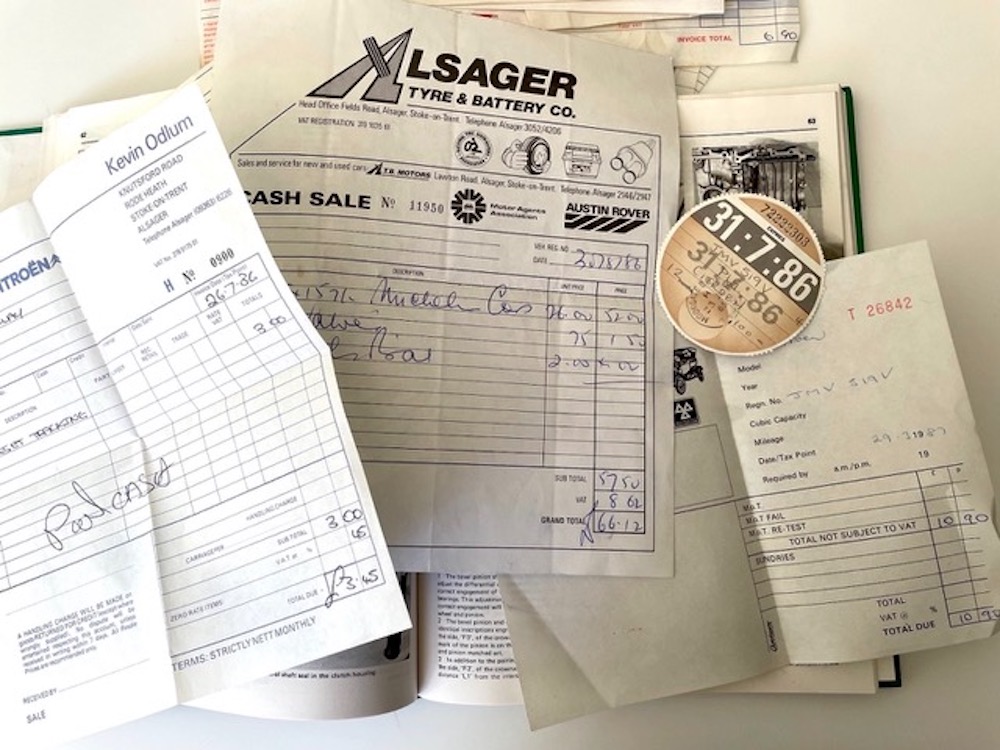
We’ve all done it – fallen in love with a shiny paint job and smart interior (and maybe even a charming seller) and our rational brain switches off. When we should be delving through bills and service books, we’re marvelling at the condition of the unscuffed alloys or immaculate rear parcel shelf. They’re important too, but, starting with a deep-dive into the car’s provenance and history file is the perfect place to begin. Check that those bills match up, look for accident damage, and if it’s a car that’s within a club scene, or at a show, consider asking around to see if anyone knows the score. So many times I’ve seen people buy a classic without checking its history, just because it’s easy on the eye. Do your due diligence, and if that all checks out, THEN you can marvel at the unused ashtrays.
Don’t Take a Crash Course
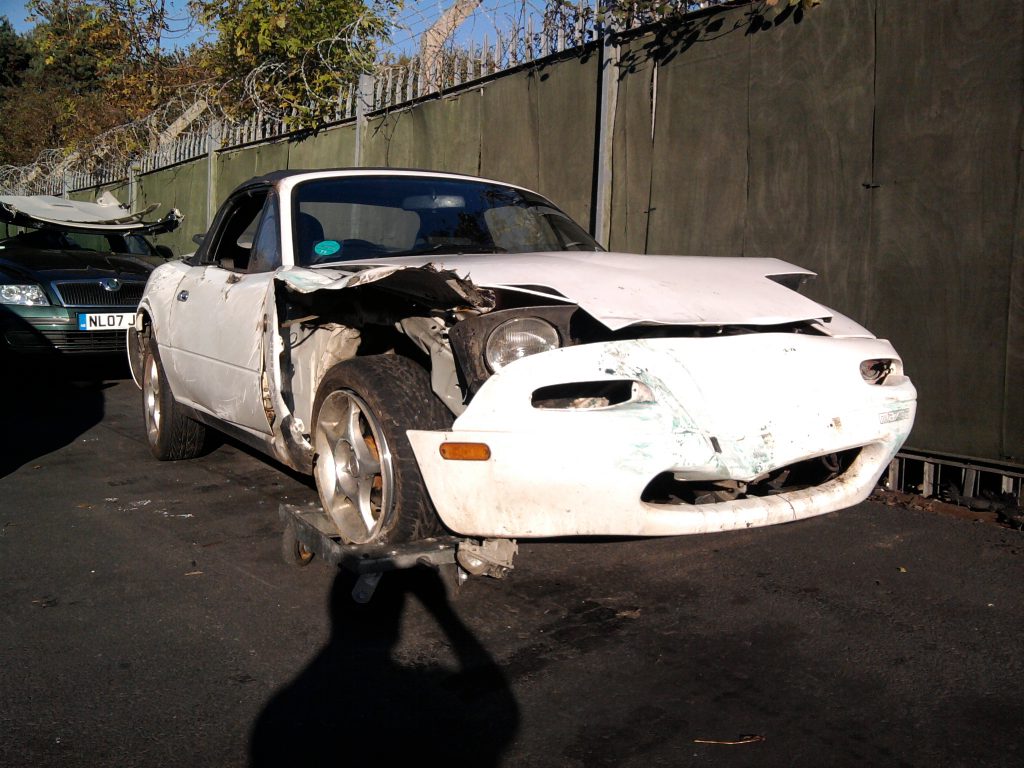
Stop and have a really good look at the condition of bodywork and panels before you dive headlong into your classic purchase. You can expect any car of this age to have had a little paint, and maybe even quite a few panels, but ask direct questions as to why they’re there. If it’s simply a case that it’s repairing dilapidation or removing rust, then, if they’ve been done to high standard, fantastic! If they’re billed and photographed, doubly so, but always, ALWAYS check that the car hasn’t been insurance category recorded or had a significant accident repair in its past. These can hugely affect resale value and how it drives at best or, worse case, make it impossible to insure or resell down the road.
Don’t Pick up Someone Else’s Tab

You won’t need to worry about this if you’re buying from a reputable dealer, but do be aware when buying from a private seller that the car may have outstanding finance against it – and legally, that becomes the responsibility of whomever ultimately owns the asset. Put simply, if you inadvertently buy a £50K E-Type with £25K of debt against it, you’re going to end up owing £75K! Thankfully, this is very easy to sort. There are dozens of online finance checkers with firms like HPI that can investigate this, and of course, if you choose to finance the purchase yourself, your funders will also do all the hard work for you. They don’t want someone else’s bill, either!
Don’t Overlook ‘The Girl Next Door’
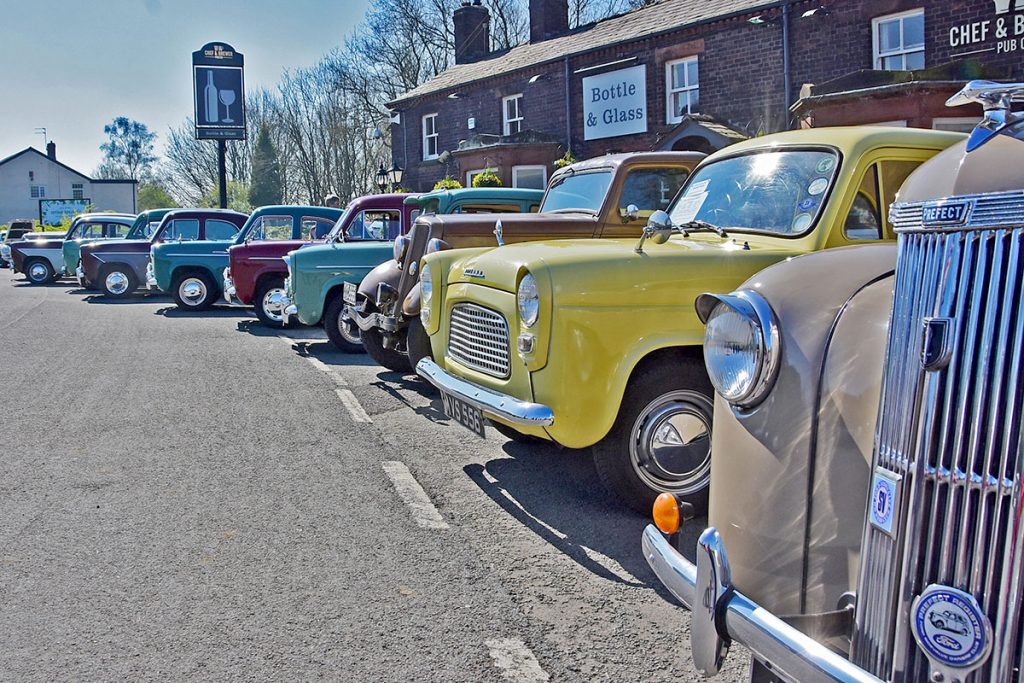
As with the history check, it’s time to be rational. Many cars are ‘tarted up’ to sell. A swift paint or detailing job, refurbished wheels, a hastily steam cleaned engine. They’re all designed to make you look at the superficial things, and divert your attention from what really matters – the mechanical condition of the car and the money that’s been spent on how it works and drives. If you’re faced with two examples, and one has a rebuilt engine, refurbished ‘box, service receipts that you can’t shut the file on, but has a few knocks and scuffs, I’d say it might be more attractive than the alternative with perfect paint and a whole heap of question marks against its reliability. Although it’s nice to look at while you’re awaiting the RAC . . .
Don’t Bite off More than You Can Insure
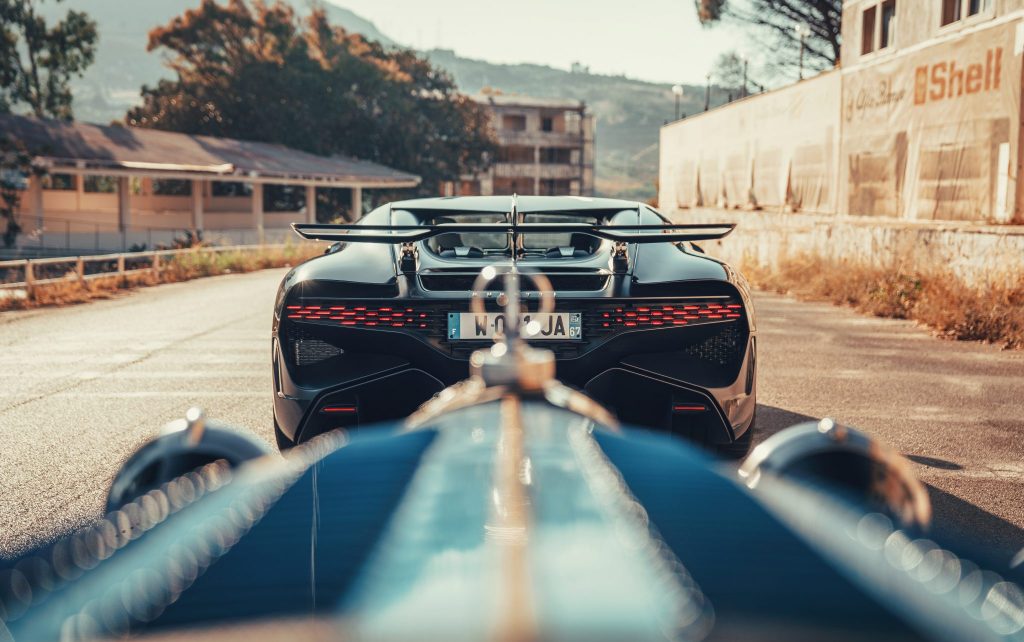
You’ve read the advert, you’ve rattled your piggy bank, you’ve listened to my sage advice, and you’ve landed the sports or performance car of your dreams. It’s sitting out there, with its perfect bodywork, history and drivetrain, and yet you can’t drive it an inch. Why? Because you’ve just spoken to your insurer and you’ve discovered that it will cost you the national debt of Guatemala to cover it. Buying a classic with hellish premiums really will colour your ownership journey. If every penny is going on insurance, then there’s nothing left for fuel, maintenance and all those fun days out. Buy a car that’s a balance between having fun and being sensible. You can always get the Testarossa next year. No guesses on where to click for a great quote on this one, by the way . . .
Don’t Forget Old, Cheap Cars Were Once New, Expensive Cars
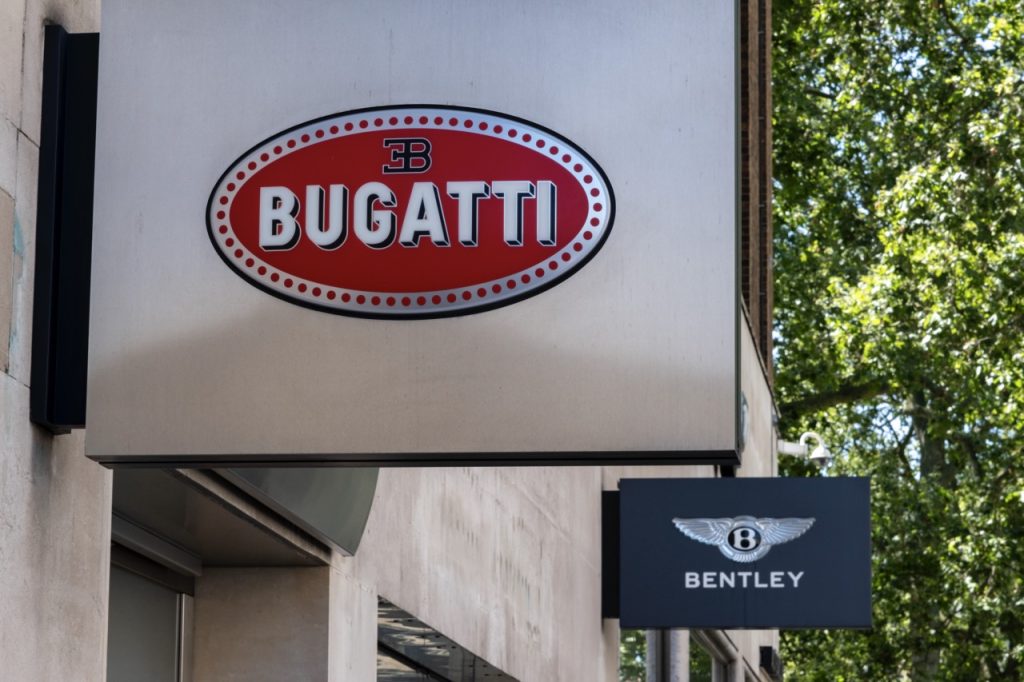
The amount of times that my wallet has twitched as I have stood before a gleaming £6000 Bentley at Manor Park Classics could give enough material to fill this column. See also, S-Class Mercs, old Rollers, aged Jaguars, and many more. There’s a plethora of unfeasibly cheap luxury motors out there that seem to be the bargain of the year. Problem is, an old Bentley is still an old Bentley, and when it comes to that first service, you’ll realise that it really isn’t the ‘Champagne Motoring for Beer Money’ proposition that it purports to be. It’s then very much back to ‘Champagne’ as you get a bill that’s almost what you paid for the car. If you couldn’t run it when it was new, have a long, hard think about being the custodian of an old, tired one that needs love.
Don’t Forget to Try It On
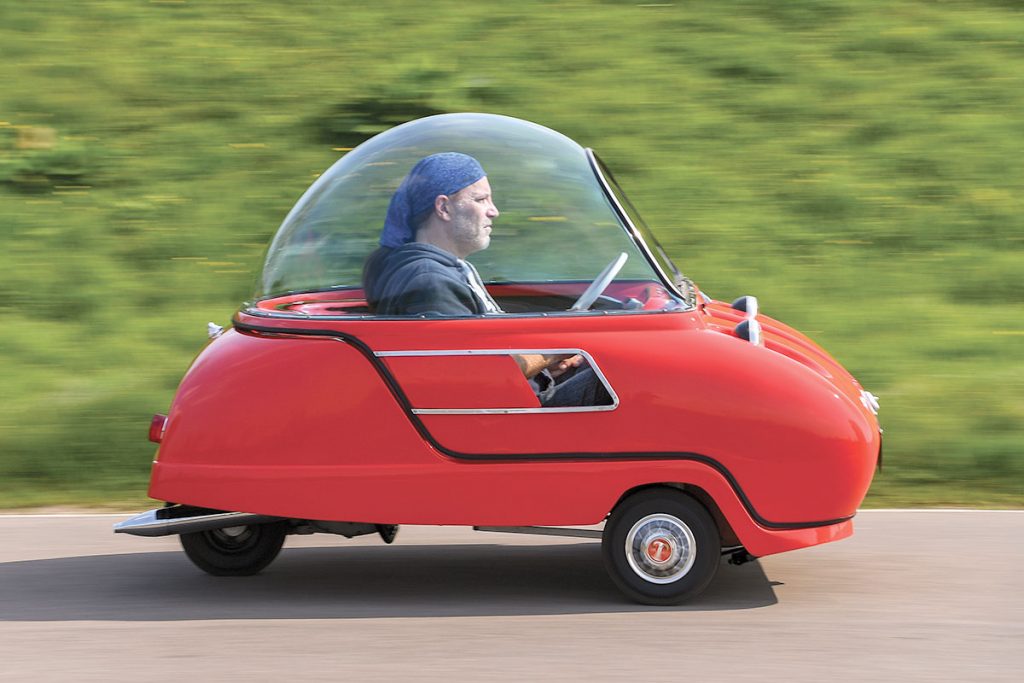
This one is quite a fluffy concept, but it’s actually one of the most important aspects of buying a classic. Do you physically fit inside? You might lust after an MG Midget, but if you’re over 6 foot, then as much as you might convince yourself it’s going to work, it really isn’t. Don’t forget either that a quick five-minute ‘I fit!’ on the driveway isn’t the same as a two-hour drive to the show. Find a car that you can drive for long distances, and you’ll have much more fun. Talking of which, it might also be a good idea to check that your significant other is also onboard – especially if it’s coming out of the joint account! You’re going to have a much nicer time if you can enjoy the car together, and if you’ve got ‘management’ buy-in, those unexpected bills will definitely land a little better!
Don’t Forget the ULEZ Charge

It’s a sad fact of modern classic life that you may live in an area where you can’t actually drive it without paying through the nose for the privilege. If you live in a ULEZ zone, or worry that your neighbourhood might become one, then it pays to buy a compliant classic. Although the £12.50 you’d pay for the ‘high-days and holidays’ use of your classic might not break the bank, it will always be a slight annoyance for you, and by switching to an alternative choice that lets you drive for free, you’ll get the warm, fuzzy glow that you’re literally beating the system. And guess what? When you come to sell your chosen steed, the marketplace for it and the number of potential buyers will be so much higher, for all the same reasons.
Don’t Forget to Have Fun

I so often meet people who ask me, ‘Which is the best investment classic?’ or ‘What’s the best return?’ when looking to buy a car. And if I’m honest, it makes me a little sad. Why? Because I know that they’re not buying it to have fun or make memories. It’s not been added to the garage to create years of good times, but rather to sit alongside paintings or debentures to make a few quid. And that’s really not what the job is about at all! Cars bought for investment also rarely get driven, as it potentially affects future value, so you end up with the worst of all worlds. By the car you really want, or have always wanted, subject to these other points, of course. If it gains value along the way, then that’s just a bonus.
Don’t Overlook the Obvious
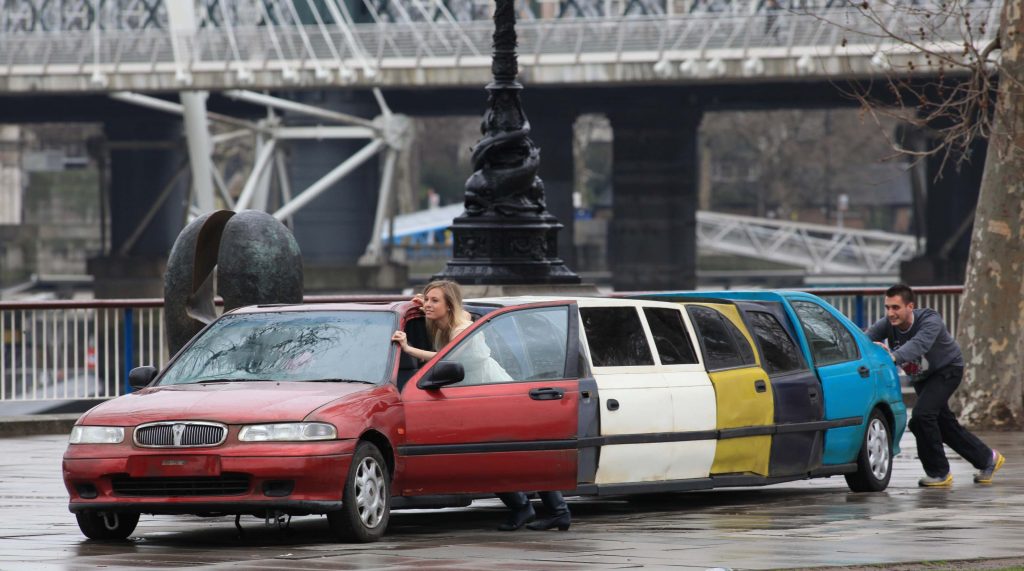
These ones are just common sense, but as my dear old Nan used to say, that’s not all that common! Will your intended purchase fit in your garage, or on your driveway? If you’ve a 13-foot garage and are lusting after a Saab 900, you’re going to have to leave the door open, and that doesn’t work on any level. Similarly, how are you served with local specialists? If the world’s greatest Merc garage is at the bottom of your road, and you can’t decide between a Mercedes or a BMW, guess which one will be easier to maintain? If you live in the Peak District and can’t decide between a Land Rover or an MX5, perhaps choose the one that gives you the greater year-round use. The more you use your car, the greater fun you’ll have. And that’s what it’s all about.
Like I’ve Ever Done ALL of these!!
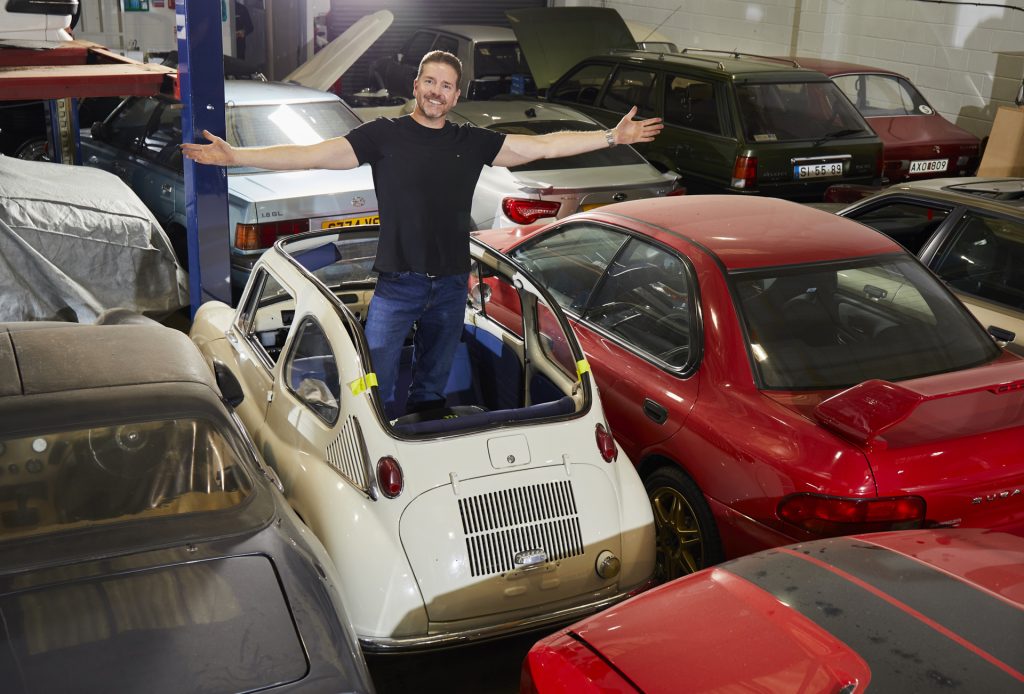
Despite me standing here on my soapbox, don’t go thinking that I haven’t been true to all of them with every purchase! My most typical mistake has been to buy and inexpensive example of a car, thinking that I can fix it as I go. Although there are cashflow benefits to this approach, you’re always much better off finding a more expensive version that’s had all the work done. A great example is restorations. So many times I’ve done the full hit, only to find a similar car for sale, all done, just as nice and for half what my costs were. There’s an awful lot to be said for buying the very best one you can afford, and maybe even stretching with a loan or finance to get something exceptional. It’s usually the cheapest way in the long run!
So what did I miss? What are your top tips for classic-car purchasing perfection? Spread the love and leave them in the comments below.
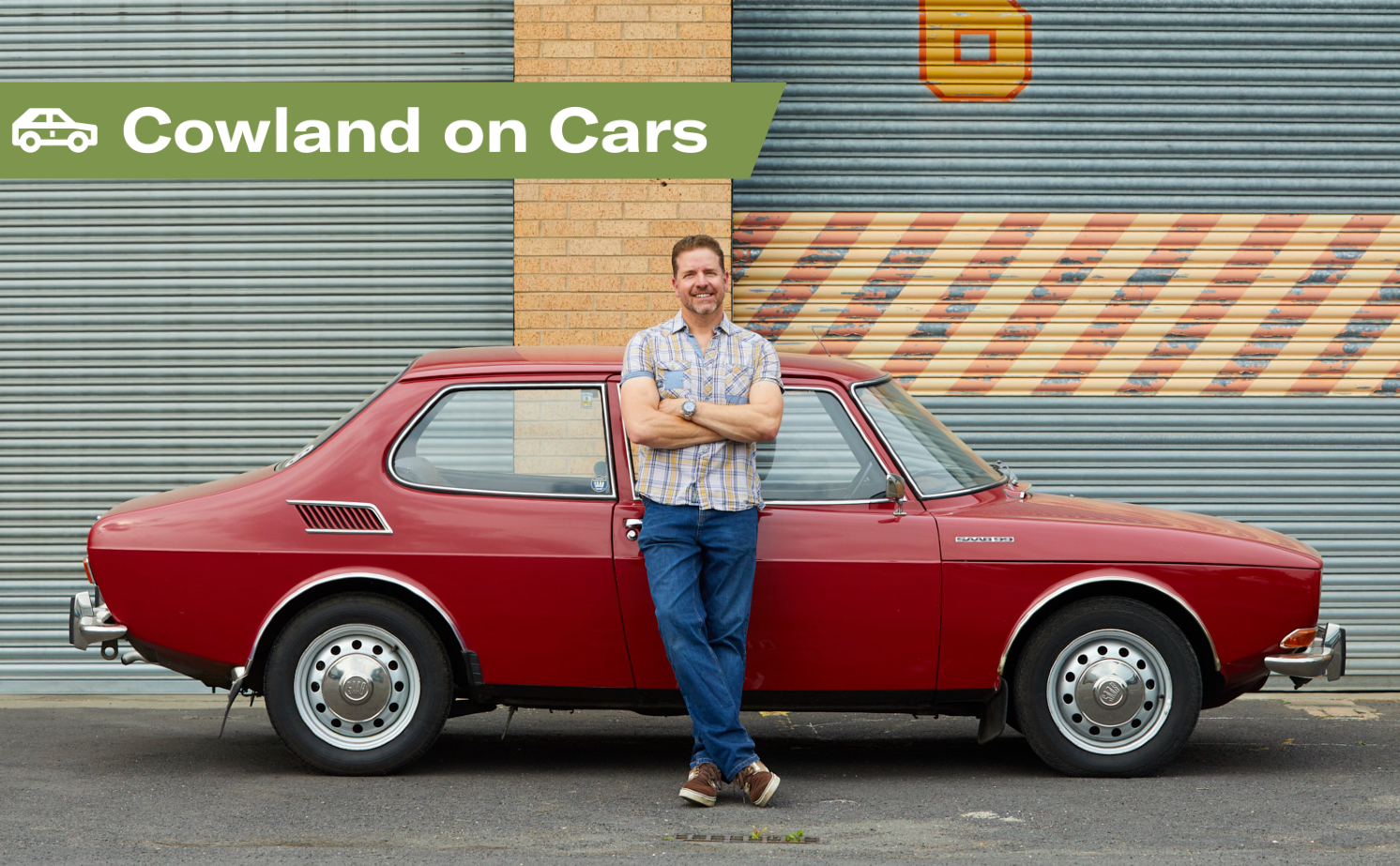


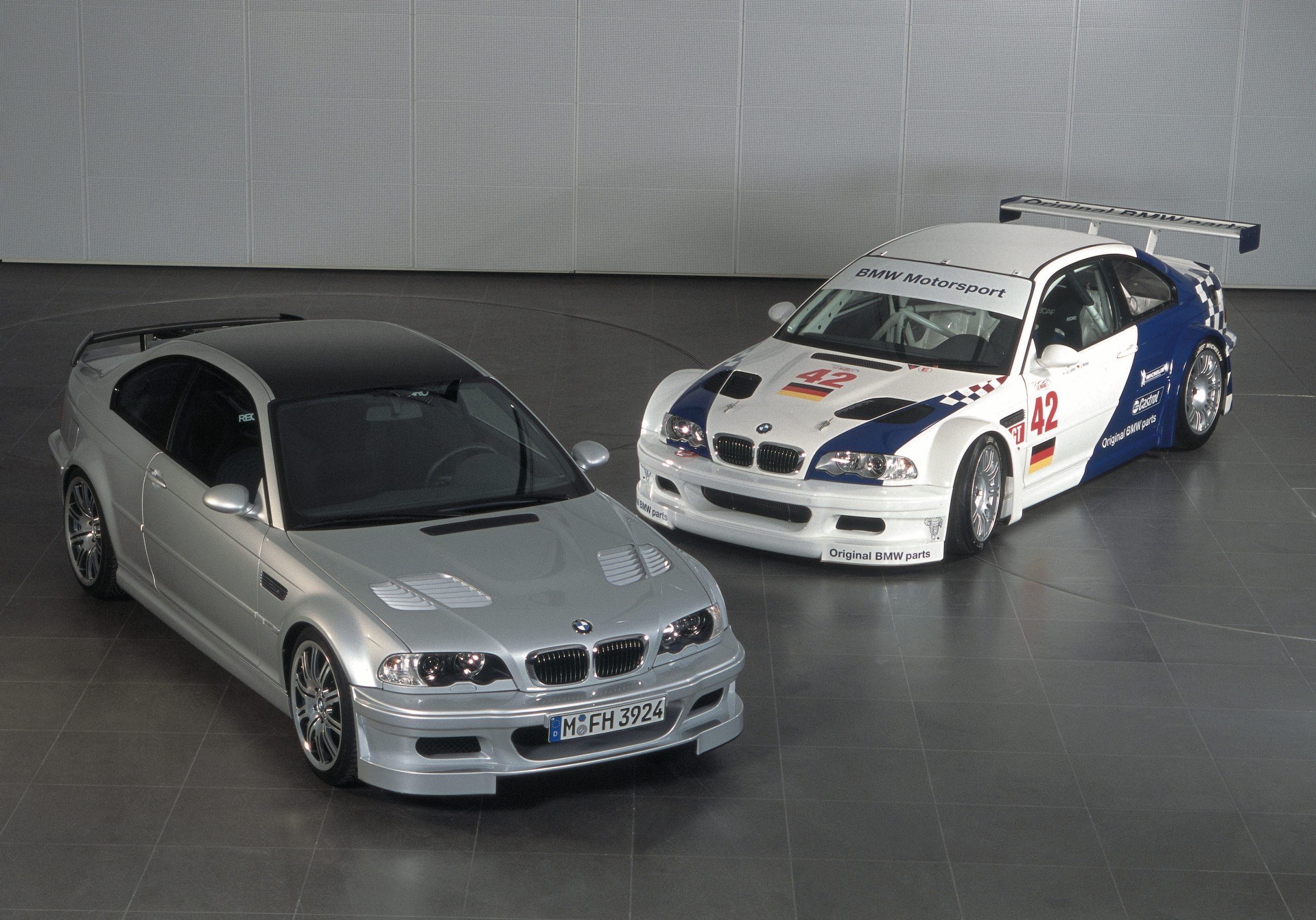






I bought a classic at the end of last year, it looked fantastic and had a full years MOT..
When I brought it home it was dark and rained heavily but I felt I had to get it checked by a mechanic as things didn’t seem right..
I was right to be worried, it turned out the car was unroadworthy, one good example was that only half of the front right brake worked, I did contact the previous seller and I realised that he was making stuff up, I also asked about the MOT as the car would not have passed without any advisories being shown, again I got more lies.. I also emailed the garage that gave out the MOT regarding my concerns but had no reply.
I have since had all the necessary repairs/ replacements and upgrades done to make the vehicle look and feel excellent and completely safe.
I purchased a classic about a year ago, looked great but underneath there were many things that needed sorting and it cost a fair amount to put it right. It had passed an MOT about 9 months earlier but I get the feeling sometimes they don’t check particularly thoroughly and certain things should have appeared as advisories. I can’t remember precisely but the MOT centre has certain responsibilities for up to 1 month after the test.
This is great advice, especially to someone like me looking to buy my first classic car. Lots of potential pit falls I hadn’t thought about , as you recommend print the advice off and use it….thanks Paul
Thank you for the practical advice. It would be good to have your views please, on storage and garages, humidity management and temperature control, and what to do to prepare for a growing collection.
You say that some classics are ULEZ free but don’t say which. Please could you post more details?
It’s generally aged based and those older than 40 yrs are exempt in most cities. Go online to check (assuming you have the VRM) as the rules differ from city to city, particularly if you’re thinking of a ‘modern classic’ where the emissions standard of the particular model will most likely be the deciding factor.
Great advice Paul, even for the more experienced purchaser. I have 3 Mazda Luce’s from 1967-71, a 1500 sedan, 1500 wagon and 1800 sedan, beautifully designed by Giorgetto Giugiaro (Bertone) The most important point is to ENJOY. I sometimes have collector’s say they envy me for taking my vehicles out fairly regularly. It’s not difficult to pick a sunny day in South Australia, so no excuses 🙂
My best advice if you intend to purchase a classic car, do your research. Join the owners club, talk to owners, you never know, there might be an excellent example for sale in the club. Club cars are usually sold between members and rarely advertised. Owning a classic can, and usually will, cost you money, that’s the joy of owning a classic car. When you’ve found your chosen classic car, enjoy it.